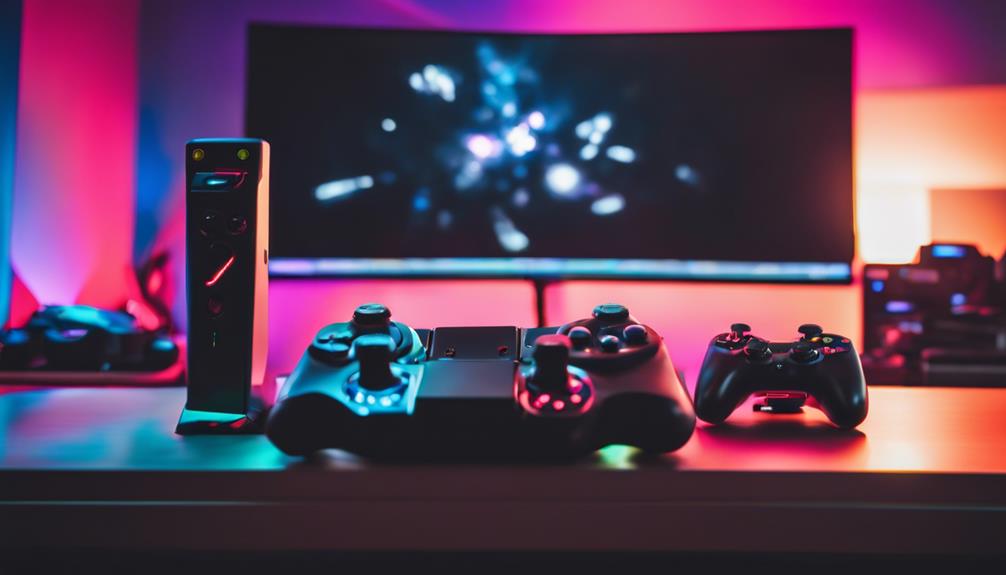In an age where technology continues to evolve at a breakneck pace, the realm of espionage has not been left behind. Real spy gadgets have transitioned from the realm of fiction into tangible tools used by intelligence agencies, law enforcement, and even private citizens. This article delves into the fascinating world of spy gadgets, their applications, and how they have changed the landscape of surveillance and security.
The Evolution of Spy Gadgets
Spy gadgets have a rich history that dates back to the Cold War, where espionage played a crucial role in international relations. In the past, these tools were often bulky and conspicuous. However, advancements in technology have resulted in smaller, more sophisticated gadgets that are easier to conceal.Hunting GadgetsGadgets On The Desktop
Early Innovations
Some of the earliest spy gadgets included:
- Listening Devices: The “bug” was one of the first devices used for surveillance, allowing agents to eavesdrop on conversations.
- Hidden Cameras: These early devices were large and often required a significant setup, making them less practical for field use.
- Microfilm: Used to store and transport sensitive documents, microfilm was a revolutionary tool in the world of espionage.
Modern Advancements
Today, spy gadgets are sleeker and more efficient. They include:
- Smartphone Apps: Many applications allow for covert recording and tracking without the need for physical gadgets.
- Wearable Technology: Devices like smartwatches can now be equipped with surveillance features.
- Drones: Unmanned aerial vehicles (UAVs) are increasingly used for reconnaissance and surveillance.
Types of Real Spy Gadgets
Spy gadgets can be categorized into several types, each serving a unique purpose. Here are some of the most common categories:
Audio Surveillance Devices
Audio surveillance remains a staple in the spy community. These gadgets are designed to capture conversations discreetly. Examples include:
- Audio Bugs: Tiny microphones that can be hidden in everyday objects.
- Body-Worn Cameras: Devices that can record audio and video, often worn as clothing accessories.
Video Surveillance Gadgets
Video surveillance has seen significant advancements, with high-definition cameras now available in compact forms. Popular options include:
- Spy Cameras: Hidden in smoke detectors, picture frames, or even USB chargers.
- Wearable Cameras: Often disguised as regular glasses or hats, these cameras allow for hands-free recording.
Tracking Devices
Tracking technology is crucial for monitoring individuals or assets. These devices can help in various situations, such as theft recovery or monitoring children. Examples include:
- GPS Trackers: Small devices that can be placed in vehicles or belongings to track their location in real-time.
- Smartphone Tracking Apps: Applications that utilize GPS technology to keep tabs on loved ones.
Legal and Ethical Considerations
As with any technology, the use of spy gadgets raises significant legal and ethical questions. The boundaries of privacy are often blurred, leading to a debate about the acceptable use of such devices.
Legal Framework
In many jurisdictions, the use of surveillance devices is regulated by law. Key considerations include:
- Consent: In many places, recording conversations without consent is illegal.
- Purpose: Using spy gadgets for personal gain, harassment, or illegal activities can lead to severe penalties.
Ethical Dilemmas
Beyond legalities, ethical concerns also arise. Important questions include:
- Invasion of Privacy: Are individuals’ rights being violated when they are surveilled without their knowledge?
- Trust Issues: The use of surveillance gadgets can erode trust in personal relationships.
Case Studies: Real-Life Applications
Spy gadgets are not just the stuff of Hollywood movies; they have real-world applications in various fields, including law enforcement and private investigations. Here are a couple of notable case studies:
Law Enforcement
In recent years, police departments have utilized spy gadgets to aid in criminal investigations. For example:
- Infiltration Operations: Undercover officers have used hidden cameras to gather evidence in drug trafficking cases.
- Drone Surveillance: Drones have been deployed to monitor large public gatherings and identify potential threats.
Private Investigators
Private investigators also leverage spy gadgets to uncover information for their clients. Noteworthy examples include:
- Infidelity Cases: Investigators often use hidden cameras to gather evidence in suspected cheating scenarios.
- Background Checks: GPS trackers can help locate missing persons or monitor suspicious behavior.
Conclusion: The Future of Spy Gadgets
The world of spy gadgets is continually evolving, driven by technological advancements and shifting societal norms. While these devices can serve legitimate purposes in security and law enforcement, they also pose significant ethical and legal challenges. As we move forward, striking a balance between security and privacy will be crucial in shaping the future of espionage technology.
In summary, real spy gadgets have come a long way from their early counterparts. With advancements in audio and video technology, tracking devices, and legal considerations, the landscape is more complex than ever. As we embrace these tools, it is essential to navigate the fine line between safety and privacy, ensuring that the use of such gadgets remains ethical and lawful.
